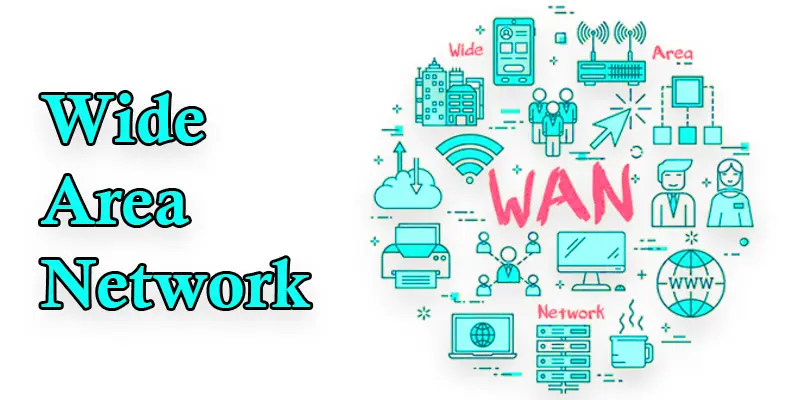What is WAN Network? Definition, Examples, Features, Pros & Cons
Published: 9 Aug 2024
Wide Area Network (WAN)
Did you know that the internet, the world’s largest WAN, connects billions of devices across the globe? But have you ever wondered how businesses seamlessly share data between offices in different cities or even countries? For many, the challenge lies in managing communication across long distances while keeping costs and security under control. A WAN (Wide Area Network) is the solution that ties it all together, enabling organizations and individuals to stay connected no matter where they are.
What is WAN?
Connecting computers and other devices over vast geographic regions, including cities, countries, or continents, is known as a wide-area network (WAN). It enables seamless communication and data sharing over long distances, making it essential for businesses, governments, and individuals to stay connected globally.
Examples of WAN
- The Internet as a global public network
- Corporate WANs for multinational companies
- Banking systems for connecting ATMs worldwide
- University networks linking multiple campuses
- Government networks for national communication
Definition of WAN
A WAN (Wide Area Network) is a system that links multiple computers and smaller networks across vast distances, allowing seamless global communication and information exchange.
| How does a WAN work? |
|---|
|
What is the purpose of WAN Connections?
The purpose of a WAN connection is to link computers and networks over a large distance so they can share information and resources. This enables businesses, organizations, and individuals in different locations to communicate, collaborate, and access data as if they were in the same place.
How did Wide-Area Networking Start?
- Wide-area networking began in the 1960s and 1970s.
- Researchers and engineers developed methods to connect computers over long distances.
- The ARPANET, funded by the U.S. Department of Defense, was the first breakthrough.
- ARPANET laid the groundwork for modern WANs.
- Technological advancements have led to more complex and efficient networks connecting computers and devices worldwide.

There are three important characteristics of wan, as follows:
- Wide Coverage: WANs connect computers and networks over large geographical areas, such as between cities, countries, and continents.
- Multiple Connection Types: WANs use various technologies, such as leased lines, satellites, and internet connections, to link distant networks.
- Centralized Management: WANs often have centralized control for managing and monitoring network traffic, ensuring efficient and secure communication across all connected locations.
| Advantages of WAN |
|---|
|
| Disadvantages of WAN |
|---|
|

Conclusion About Wan (Wide Area Network)
A (WAN) is important for connecting computers and networks over long distances, enabling global communication and resource sharing. While it offers significant benefits like extensive coverage and centralized data management, it also comes with challenges such as high costs and security risks. Overall, WANs play an important role in connecting businesses and individuals worldwide.
FAQS – Computer Networking Wan
Tunneling is a method used in networking to securely send data between two networks by encapsulating it within another protocol. This creates a “tunnel” through which the data travels, protecting it from unauthorized users’ access.
WAN on a router refers to the port or connection that links your home and office network to the internet or another remote network.
In computing, WAN stands for Wide Area Network, which connects computers and networks over long distances, such as between cities and countries.
WAN covers large areas and connects multiple locations. In contrast, LAN covers a small area, like a single building or office, allowing devices to connect and share resources locally.
The standards and guidelines known as WAN protocols control data flow across a wide area network. They ensure that data is sent, received, and interpreted correctly between different devices and networks, helping maintain smooth and reliable communication across long distances.

- Be Respectful
- Stay Relevant
- Stay Positive
- True Feedback
- Encourage Discussion
- Avoid Spamming
- No Fake News
- Don't Copy-Paste
- No Personal Attacks

- Be Respectful
- Stay Relevant
- Stay Positive
- True Feedback
- Encourage Discussion
- Avoid Spamming
- No Fake News
- Don't Copy-Paste
- No Personal Attacks





